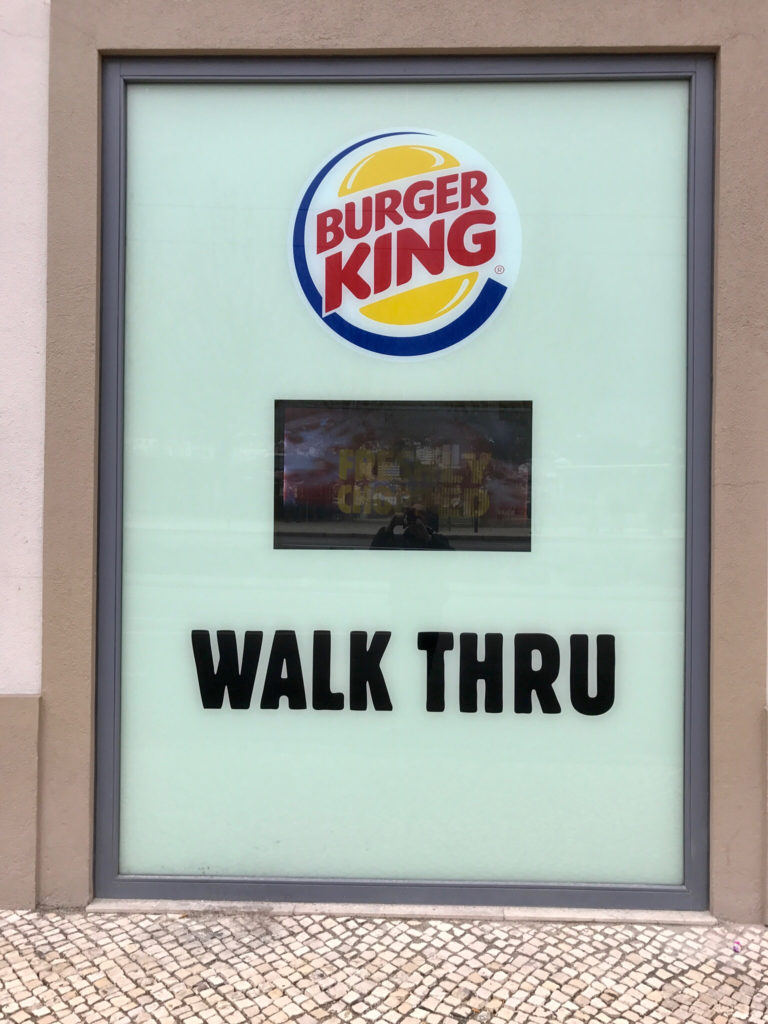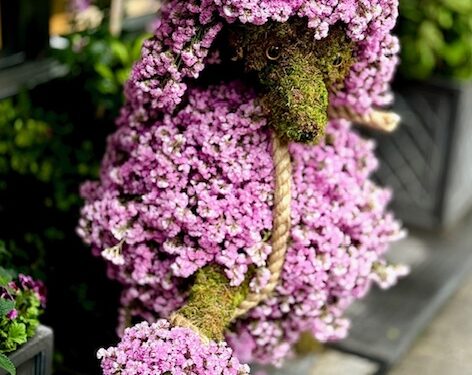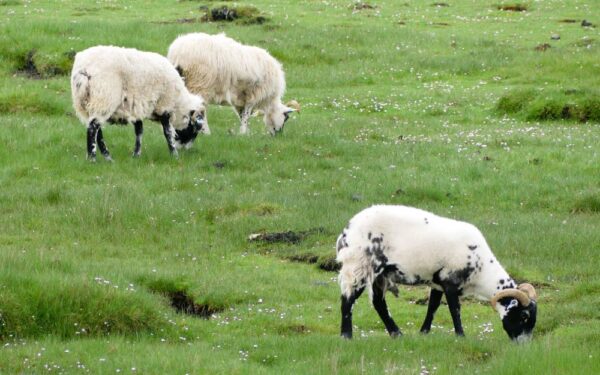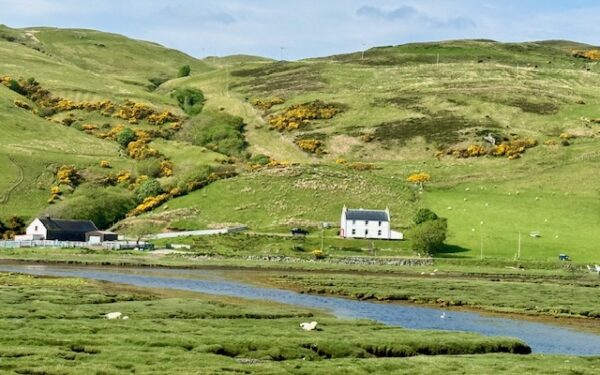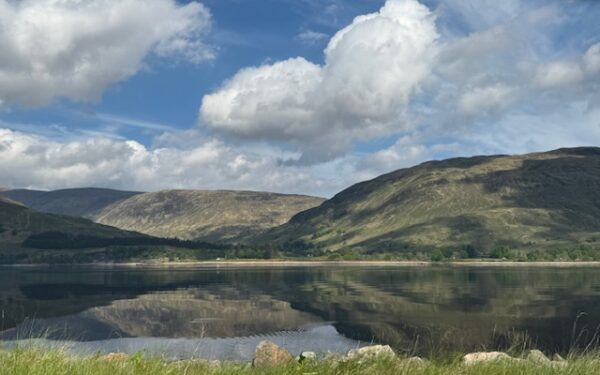“Luxury ruins republics; poverty, monarchies.” Charles de Montesquieu
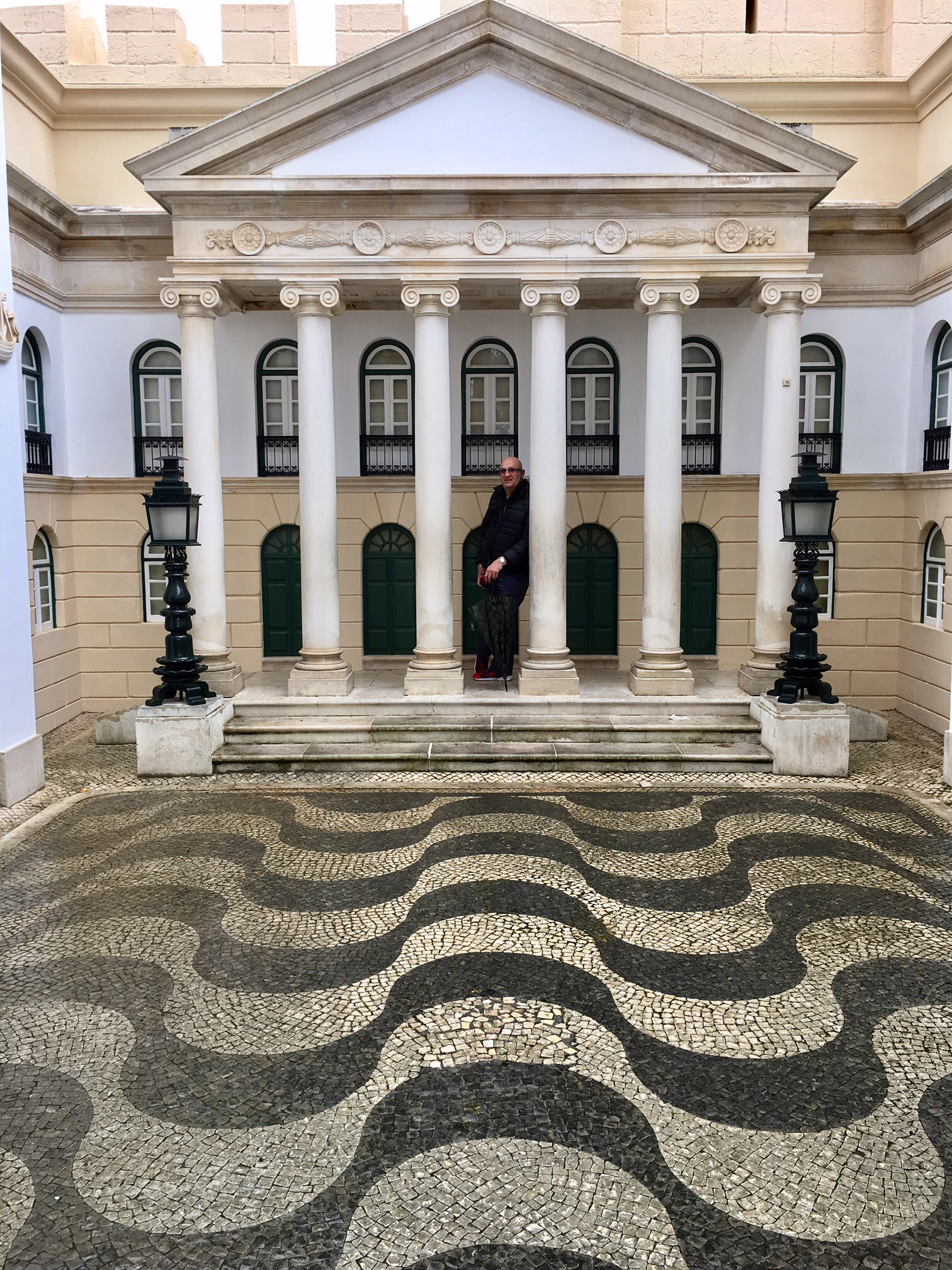
Mar 24, 2017
Today we left Porto and 30 minutes into our drive, we discovered that bad Gloria (GPS) was taking us again the long way around – I’m beginning to believe that the GPS and the toll roads are in collusion.
Our first stop the old Roman settlement of Conímbriga is one of the largest Roman settlements excavated in Portugal, and was classified as a National Monument in 1910. Like many archaeological sites, Conímbriga was evolved sequentially and built up by successive layers, with the primary period of occupation beginning in the 9th century.
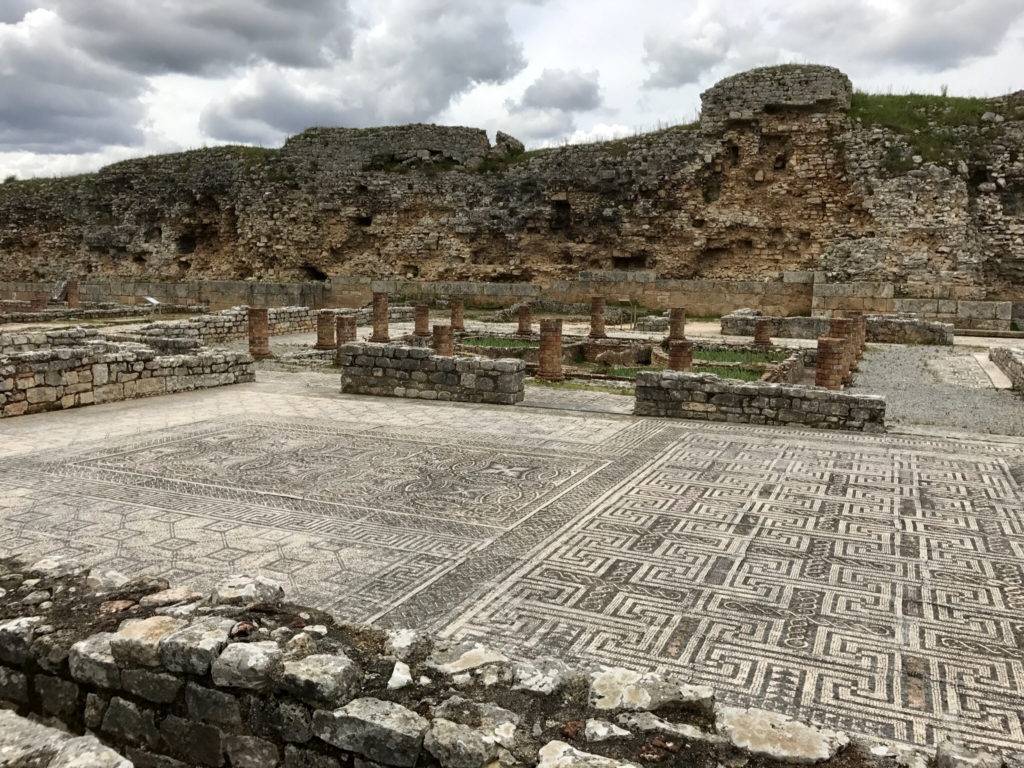
The uncovered homes and the first excavations were made in 1899. In 1930 the state acquired the first lands and official excavations on the site, the work of reconstructing and consolidating the ruins, continued through 1955. New excavations occurred in 1964.
In 1962, the Museu Monográfico de Conímbriga was inaugurated. It was followed in 1964 by the collaboration between this museum and the archaeological mission from the University of Bordeaux, the center of the Roman city was unearthed. In 1970, the work with the mosaics was consolidated, The first permanent public exposition was opened in April 1985.
Next stop…….The Portugal dos Pequenitos (translated as Portugal of/for the Little Ones) is a thematic Miniature park near Coimbra. The park consists of diminutive versions of Portuguese houses and monuments and has pavilions dedicated to the former Portuguese colonies.
The construction of the park began in 1938, the thematic park includes miniature replicas that represent the monuments and other elements from the cultural heritage and patrimony in Portugal and its colonial world, divided into three thematic areas.
The first section includes traditional architecture from various regional areas of Portugal, which included representations of manorhouses, houses of nobles, and seigneurs from the Trás-os-Montes and Minho. This includes typical homes from regions along with homes from orchards, gardens, mills, and pillories. East of this area is a group representing Coimbra, with representations of monuments important to the city.
The second area includes Portuguese monuments.
In the third section are ethnographic artefacts and monuments from Portuguese-speaking former colonies.
I was here on my last visit and truly enjoyed walking through its many buildings. Upon arrival, there were 2 busloads of rambunctious 2nd graders and kids and David do not mix, so we quickly managed to move (escape)ahead of the pack. Soon afterward it started to rain.
Coimbra is the fourth-largest city in Portugal.
Among the many archaeological structures dating back to the Roman era, when Coimbra was the settlement of Aeminium, is its well-preserved aqueduct. Similarly, buildings from the period when Coimbra was the capital of Portugal (from 1131 to 1255) still remain. During the Late Middle Ages, with its decline as the political center of the Kingdom of Portugal, Coimbra began to evolve into a major cultural center. This was in large part helped by the establishment of the University of Coimbra in 1290, the oldest academic institution in the Portuguese-speaking world. Apart from attracting many European and international students, the university is visited by many tourists for its monuments and history. Its historical buildings were classified as a World Heritage site by UNESCO in 2013.
We had planned to visit a few notable University buildings, but they close at noon during the winter quarter. We walked through the main shopping street on our way toward the Cathedral and the upper town when the skies again opened with rainy fury. We decided to call it a day and head out to our next hotel/Pousada, but not before stopping at a local bakery to pick up a few local delicacies for dessert.
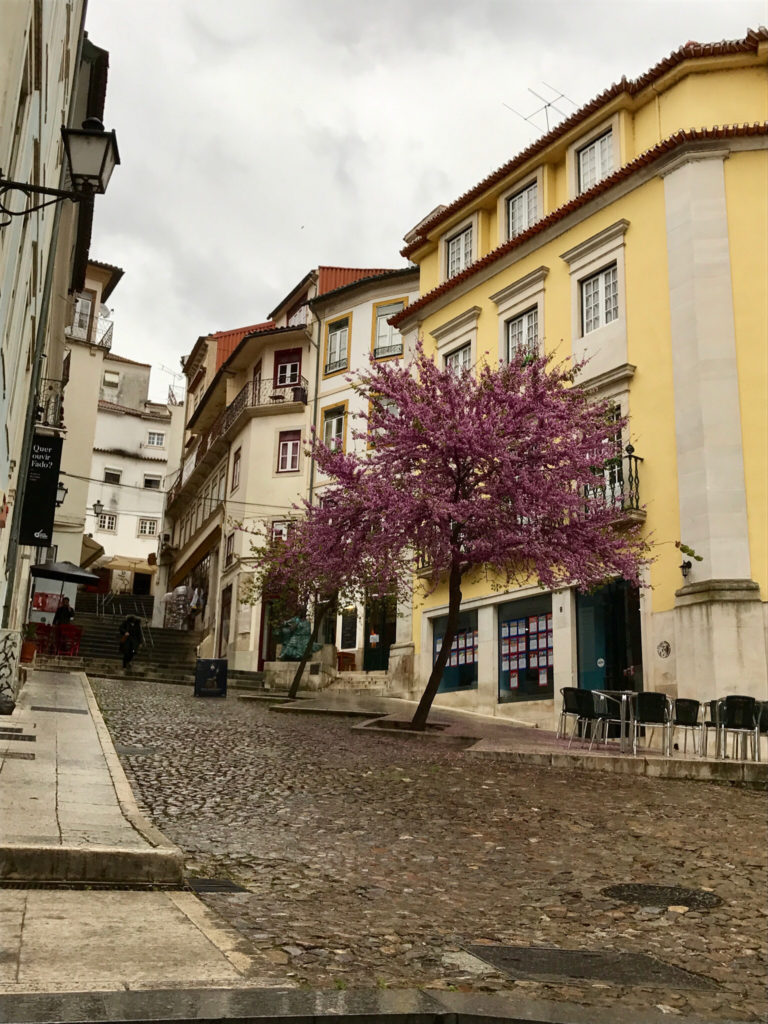
Our next Pousada – a 16th-century building that was once the home of the noble family of Almadas. Over many years it has hosted a number of distinct noble Europeans. The classic furnishings of the public areas are enhanced with 19th-century decorative wood carved pieces, furniture, and tapestries. Our room is spacious, has classic decorations, and a terrace with a view of the gardens.
Another excellent meal and bottle of wine, the best grilled octopus 🐙 to date.
